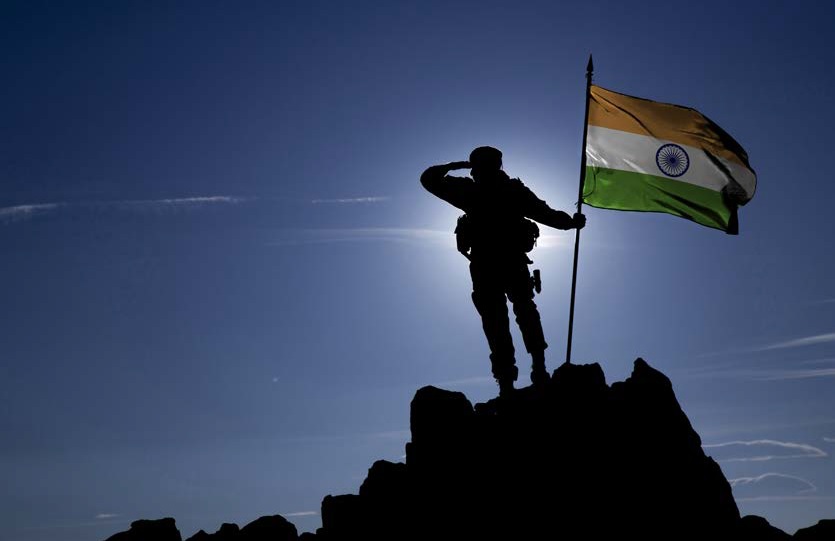
 For a 3.29 million sq km sub-continental nation densely populated with 1.28 billion people of all faiths and creeds, and confronted by two hawkish adversaries on its frontiers, India has held itself together remarkably well.
For a 3.29 million sq km sub-continental nation densely populated with 1.28 billion people of all faiths and creeds, and confronted by two hawkish adversaries on its frontiers, India has held itself together remarkably well.
Since gaining independence from the British in 1947, the country has broken out of its mould to become the fastest growing major economy today, overtaking its former coloniser last year to become the world’s sixth largest economy, with a GDP of $2.30 trillion.
The retreating British, however, left behind a bitter legacy as the Hindu-majority India and Muslim-dominated Pakistan that they cleaved their colony into have since gone to war four times, at the time of Partition in 1947, and in 1965, 1971 and 1999. Three of these wars were waged over the border state of Jammu and Kashmir (J&K), while that of 1971 engendered Bangladesh from the fall of East Pakistan.
Their sustained enmity has strained both sides, diverting vital funding to their military at the cost of their impoverished millions. With powerful China siding with trigger-happy Pakistan in this fray, India has had to batten down its hatches. Its Budget for 2017-18 has lavished $42 billion on defence, while granting a mere sixth of this allocation, $7.5 billion, to public health, alongside $12 billion to education, $28 billion to women and children, and $29 billion to agriculture. The Ministry of Home Affairs (MHA) secured $12.8 billion to oversee internal security.
Indian and Pakistani soldiers square off perpetually at the Siachen glacier, at 5,400 metres “the world’s highest – and toughest – battlefield” where more of them perish not from bullets but from the hostility of the rugged frozen terrain, where temperatures can plunge to – 45° Celsius. While the Pakistani side of Siachen is accessible by roads, constructed with Chinese assistance, the Indian side can be served only by helicopter, necessitating even artillery and daily provisions to be airlifted and radars and Unmanned Aerial Vehicles to be used for surveillance…Click HERE to read full article.





